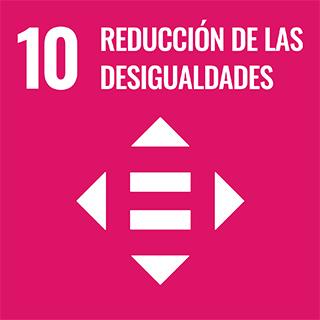
Indexed in
License and use
Impact on the Sustainable Development Goals (SDGs)

Analysis of institutional authors
Rivas AAuthorDivisibility and Information Flow Notions of Quantum Markovianity for Noninvertible Dynamical Maps
Publicated to:Physical Review Letters. 121 (8): 080407- - 2018-08-24 121(8), DOI: 10.1103/PhysRevLett.121.080407
Authors: Chru?ci?ski D; Rivas A; Størmer E
Affiliations
Abstract
© 2018 American Physical Society. We analyze the relation between completely positive (CP) divisibility and the lack of information backflow for an arbitrary - not necessarily invertible - dynamical map. It is well known that CP divisibility always implies a lack of information backflow. Moreover, these two notions are equivalent for invertible maps. In this Letter, it is shown that for a map which is not invertible the lack of information backflow always implies the existence of a completely positive propagator which, however, needs not be trace preserving. Interestingly, for a wide class of image nonincreasing dynamical maps, this propagator becomes trace preserving as well, and hence, the lack of information backflow implies CP divisibility. This result sheds new light into the structure of the time-local generators giving rise to CP-divisible evolutions. We show that if the map is not invertible then positivity of dissipation/decoherence rates is no longer necessary for CP divisibility.
Keywords
Quality index
Bibliometric impact. Analysis of the contribution and dissemination channel
The work has been published in the journal Physical Review Letters due to its progression and the good impact it has achieved in recent years, according to the agency WoS (JCR), it has become a reference in its field. In the year of publication of the work, 2018, it was in position 6/81, thus managing to position itself as a Q1 (Primer Cuartil), in the category Physics, Multidisciplinary. Notably, the journal is positioned above the 90th percentile.
From a relative perspective, and based on the normalized impact indicator calculated from World Citations provided by WoS (ESI, Clarivate), it yields a value for the citation normalization relative to the expected citation rate of: 1.39. This indicates that, compared to works in the same discipline and in the same year of publication, it ranks as a work cited above average. (source consulted: ESI Nov 14, 2024)
This information is reinforced by other indicators of the same type, which, although dynamic over time and dependent on the set of average global citations at the time of their calculation, consistently position the work at some point among the top 50% most cited in its field:
- Weighted Average of Normalized Impact by the Scopus agency: 2.97 (source consulted: FECYT Feb 2024)
- Field Citation Ratio (FCR) from Dimensions: 44.6 (source consulted: Dimensions May 2025)
Specifically, and according to different indexing agencies, this work has accumulated citations as of 2025-05-31, the following number of citations:
- WoS: 32
- Scopus: 57
- Open Alex: 66
- OpenCitations: 55
Impact and social visibility
Leadership analysis of institutional authors
This work has been carried out with international collaboration, specifically with researchers from: Norway; Poland.


